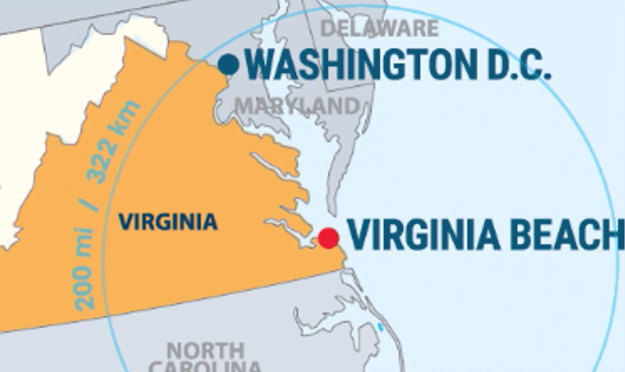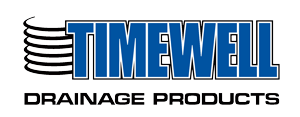When completing Stormwater Master Plans (SWMP) and formulating stormwater infrastructure improvement projects, municipalities and their consultants frequently face the difficult decisions of selecting an appropriate technical approach, developing infrastructure projects, and establishing criteria for prioritization of projects.
Over the last 5 years, the City of Virginia Beach has formulated and applied a technical framework to: 1. Create hydrology and hydraulic models to determine areas within the City which flood, both under existing boundary conditions and future sea level rise scenarios. Models are validated and calibrated against known storm events which produced flooding; 2. Develop a Master Plan, for each of the 15 Drainage Basins within the City. This process involves developing alternatives to reduce the flooding in accordance with the Public Works Design Standards Manual; 3. Establish criteria for comparing each alternative to determine which would become a defined project to be added to the Capital Improvement Program; and, 4. Establish criteria for comparing projects, within each Drainage Basin, to create a prioritization list for projects. Each portion of the framework has its challenges and multiple lessons have been learned during the process.
Lessons learned include: 1. Data collection – you need to know where you are before you know where to go; 2. Program selection – what program should be used for the modeling and what level of detail is going to be included; 3. Validation and Calibration – once you’ve created the model, how do you make sure it is correct; 4. Alternatives – how many for each flooded area and how do you decide; 5. Alternatives Criteria – what should be included and who should help create the criteria; and, 6. Project Criteria – what is and is not important in determining the project ranking.
About Instructors
Course Content






